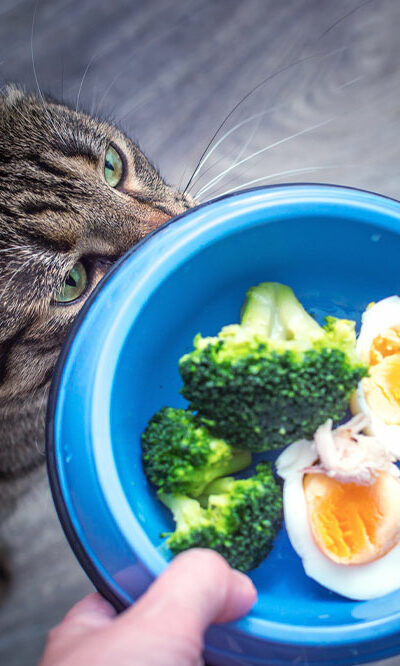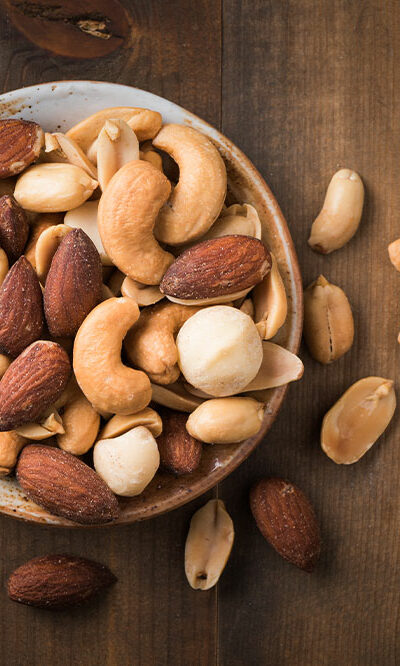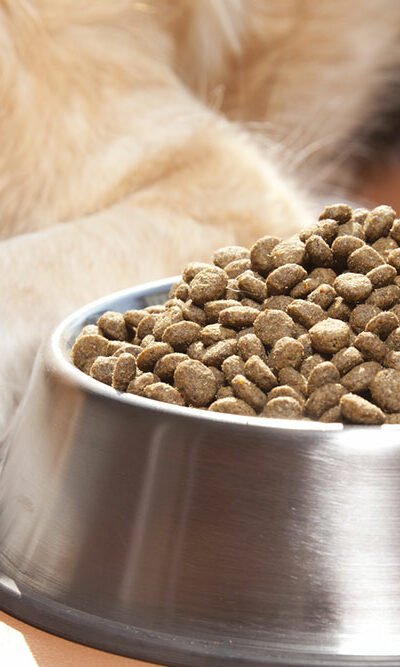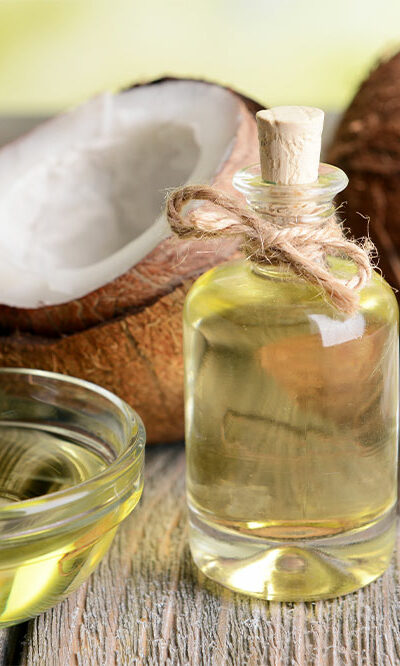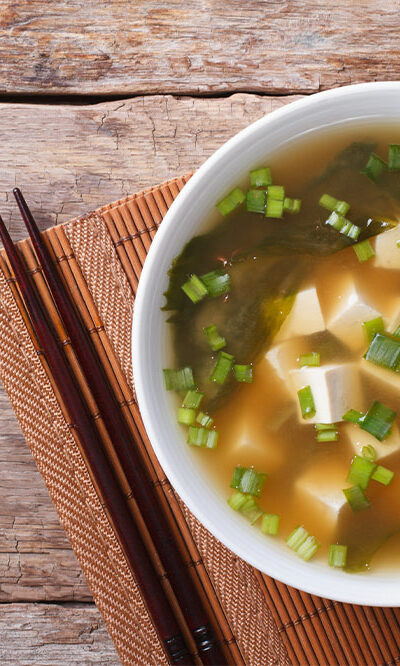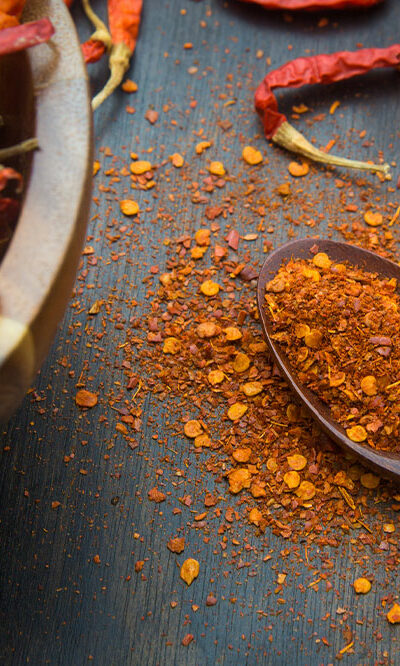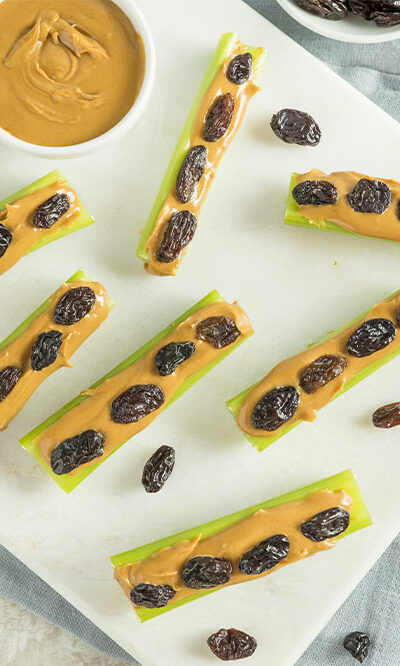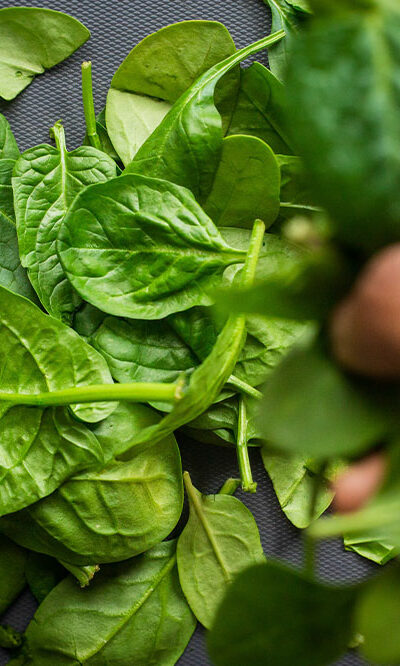
7 foods that help fight against Bronchitis
When you have bronchitis, it’s easy to overeat greasy, salty, or sugary foods to relieve the coughing, breathing, and throat pain. Alternatively, you may decide not to consume anything at all. However, you should take care and watch what you eat as refined carbs and saturated fats might impede recovery. Knowing which foods to avoid and which to eat may influence the severity of bronchitis symptoms. Here’s a list of a few items you should avoid. Foods with preservatives and additives Sulfites, a form of preservative, may aggravate bronchitis. Liquor, dried fruits, pickled foods, maraschino cherries, and lime juice all contain sulfites. Processed and quick meals frequently contain chemical additives, flavors, and colorings. Some bronchitis patients may be susceptible to or intolerant to these artificial components. Gas-forming foods Eating large meals or gas-producing foods strains the diaphragm, especially if you suffer from acid reflux. This can cause chest pains and asthma flare-ups. Beans, cabbage, carbonated beverages, onions, and fried dishes are examples of these foods. Sugar and HFCS Do you enjoy drinking sugar-laden colas? Be cautious. They can be dangerous to your health. Avoiding syrups, candies, and other sugary foods will help to relieve symptoms such as coughing, irritation, and discomfort in your lungs. A study released in the Nutrition Journal in October 2015 discovered a link between consuming soft drinks flavored with High Fructose Corn Syrup (HFCS), such as colas, and the incidence of chronic bronchitis in individuals. Read nutrition facts, recognize this ingredient, and eliminate goods sweetened with HFCS, such as bread, cakes, and beverages. Many sweets include HFCS and refined carbs that are deficient in health-promoting elements. If you’re searching for healthier alternatives, fruit can be your best option. Fruits for bronchitis, including berries, oranges, and apples, provide fiber, which slows your body’s absorption of glucose while also being rich in inflammation-fighting minerals.
